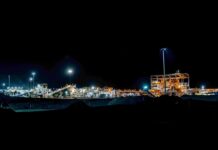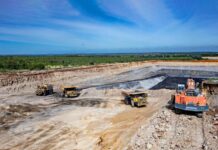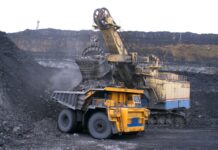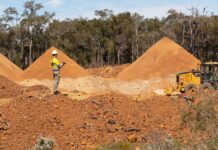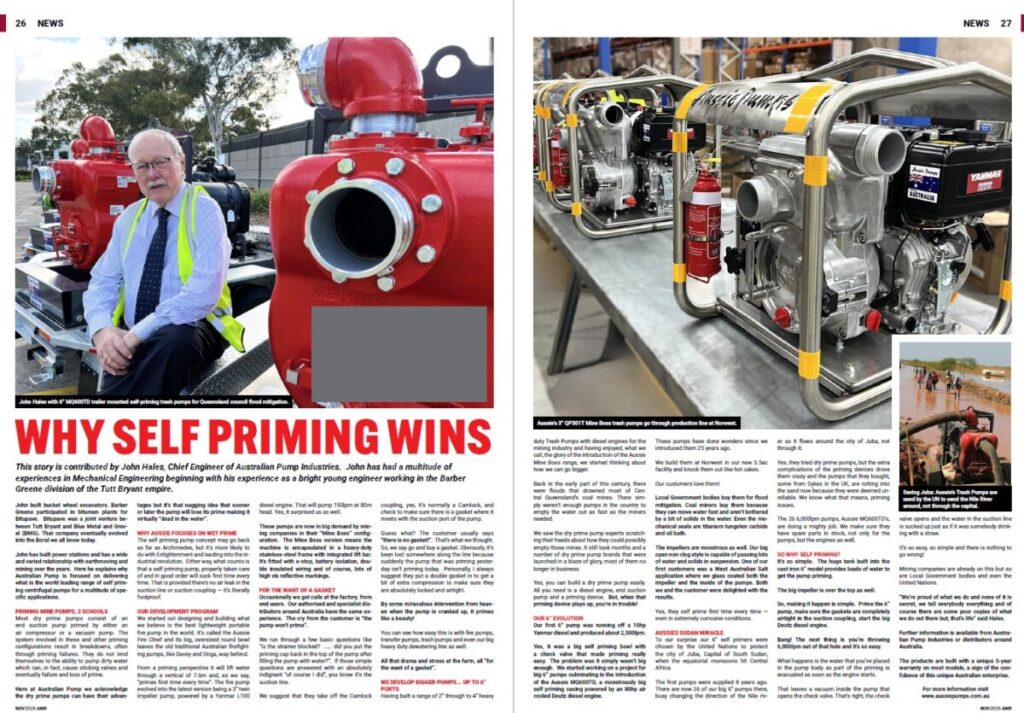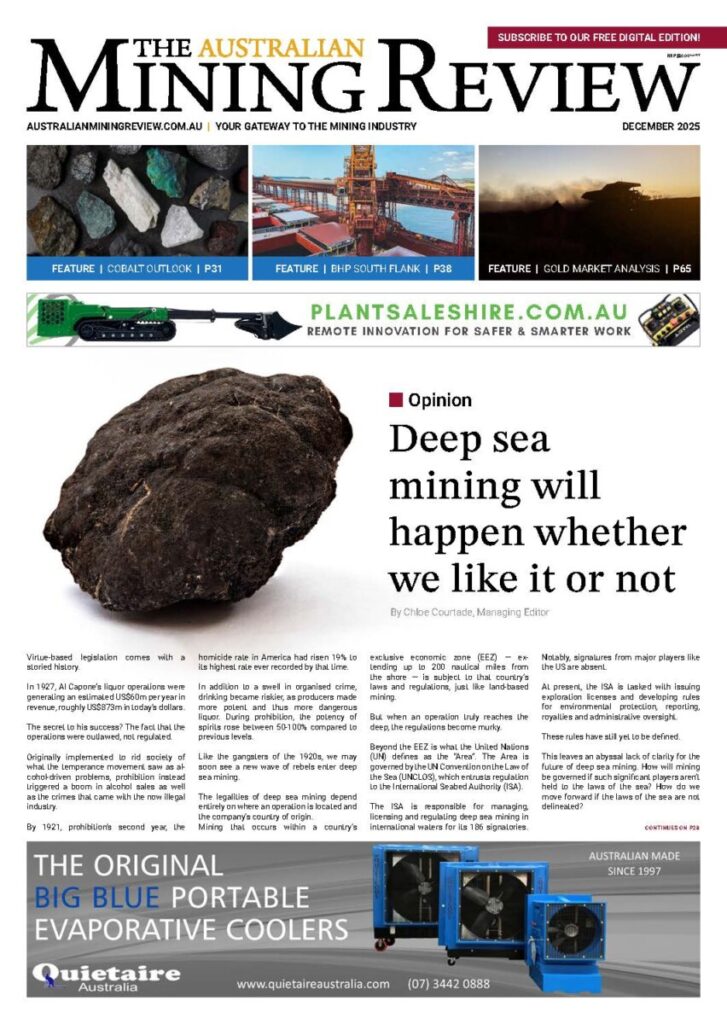Why self priming wins
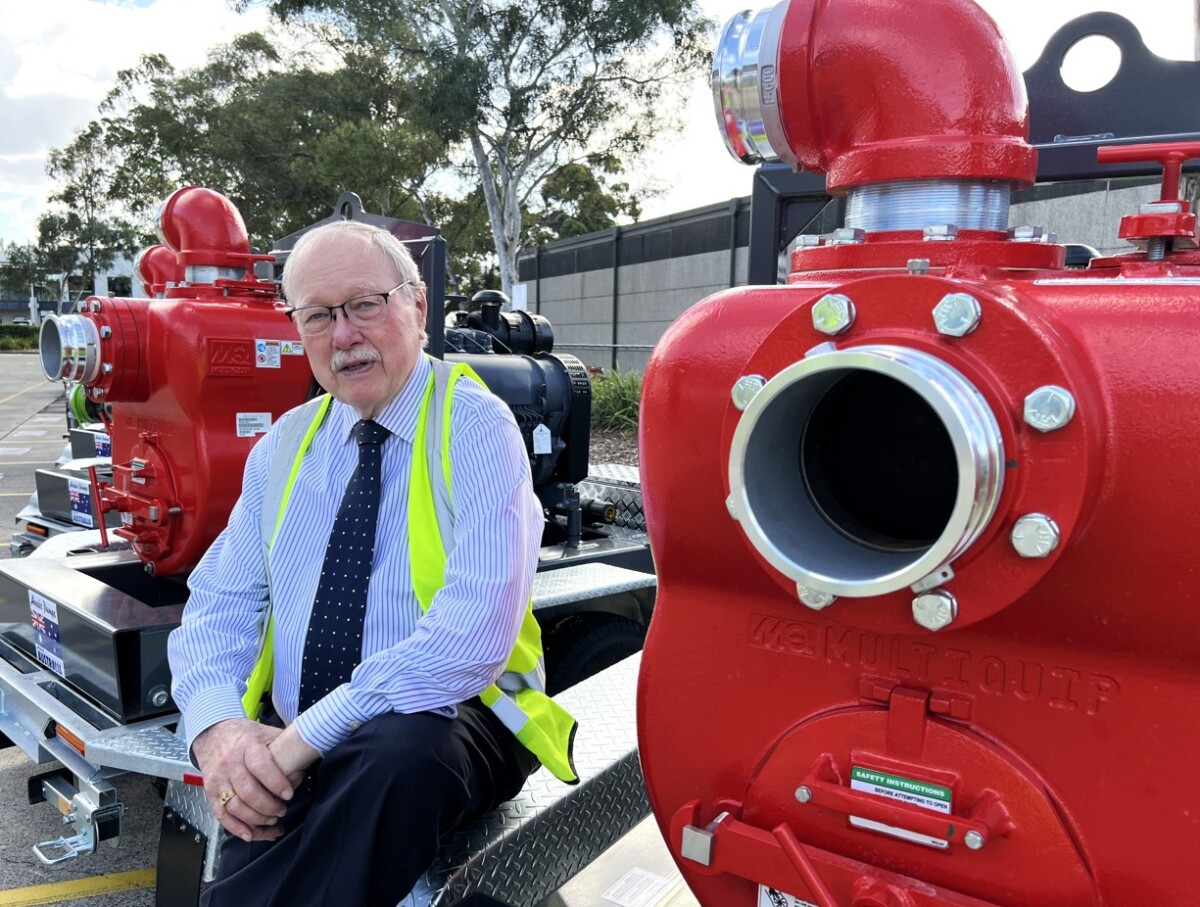
This story is contributed by John Hales, Chief Engineer of Australian Pump Industries. John has had a multitude of experiences in Mechanical Engineering beginning with his experience as a bright young engineer working in the Barber Greene division of the Tutt Bryant empire.
John built bucket wheel excavators. Barber Greene participated in bitumen plants for Bitupave. Bitupave was a joint venture between Tutt Bryant and the Blue Metal and Gravel (BMG). That company eventually evolved into the Boral we all know today.
John has built power stations and has a wide and varied relationship with earthmoving and mining over the years. Here he explains why Australian Pump is focused on delivering what is the world leading range of self priming centrifugal pumps for a multitude of specific applications.
Priming mine pumps, 2 schools of
Most dry prime pumps consist of an end suction pump primed by either an air compressor or a vacuum pump. The system involved in these and other priming configurations result breakdowns, often through priming failures. They do not lend themselves to the ability to pump dirty water which can in fact cause sticking valves and eventually failure and loss of prime.
Here at Australian Pump we acknowledge the dry prime pumps can have their advantages but it’s that nagging idea that sooner or later the pump will lose its prime making it virtually “dead in the water”.
Why Aussie focuses on wet prime
The self priming pump concept may go back as far as Archimedes, but it’s more likely to do with enlightenment and leading into the industrial revolution. Either way, what counts is that a self priming pump, properly taken care of and in good order will suck first time every time. That is provided there’s no air leak in the suction line or suction coupling — It’s literally foolproof.
Our development program
We started out designing and building what we believe is the best lightweight portable fire pump in the world. It’s called the Aussie Fire Chief and its big, oversized round bowl leaves the old traditional Australian firefighting pumps, like Davey and Onga, way behind.
From a priming perspective it will lift water through a vertical of 7.6m and, as we say, “primes first time every time”. The fire pump evolved into the latest version being a 3” twin impeller pump, powered by a Yanmar L100 diesel engine. That will pump 150lpm at 80m head. Yes, it surprised us as well.
These pumps are now in big demand by mining companies in their “Mine Boss” configuration. The Mine Boss version means the machine is encapsulated in a heavy-duty stainless-steel frame with integrated lift bar, fitted with e-stop, battery isolation, double insulated wiring and of course, lots of high vis reflective markings.
For the want of a gasket
Occasionally we get calls, even at the factory, from end users. Our authorised and specialist distributors around Australia have the same experience. The cry from the customer is “the pump won’t prime”.
We run through a few basic questions like “Is the strainer blocked? ..…. did you put the priming cap back in the top of the pump after filling the pump with water?”. If those simple questions are answered with an absolutely indignant “of course I did”, you know it’s the suction line.
We suggest that they take off the Camlock coupling, yes, it’s normally a Camlock, and check to make sure there is a gasket where it meets with the suction port of the pump.
Guess what? The customer usually says “there is no gasket!”. That’s what we thought. So, we say go and buy a gasket. Obviously, it’s been lost somewhere along the line because suddenly the pump that was priming yesterday isn’t priming today. Personally, I always suggest they put a double gasket in to get a bit of extra compression to make sure they are absolutely locked and airtight.
By some miraculous intervention from heaven when the pump is cranked up, it primes like a beauty!
You can see how easy this is with fire pumps, transfer pumps, trash pumps and even our big heavy duty dewatering line as well.
All that drama and stress at the farm, all “for the want of a gasket”.
We develop bigger self priming pumps…all the way up to 6” ports
Having built a range of 2” through to 4” heavy duty Trash Pumps with diesel engines for the mining industry and having enjoyed, what we call, the glory of the introduction of the Aussie Mine Boss range, we started thinking about how we can go bigger.
Back in the early part of this century, there were floods which drowned most of Central Queensland’s coal mines. There simply weren’t enough pumps in the country to empty the water out as fast as the miners needed.
We saw the dry prime pump experts scratching their heads about how they could possibly empty those mines. It still took months and a number of dry prime pump brands that were launched in a blaze of glory, most of them no longer in business.
Yes, you can build a dry prime pump easily. All you need is a diesel engine, end suction pump and a priming device. But, when that priming device plays up, you’re in trouble!
Our 6” evolution
Our first 6” pump was running off a 10hp Yanmar diesel and produced about 2,500lpm.
Yes, it was a big self priming bowl with a check valve that made priming really easy. The problem was it simply wasn’t big enough. We started working on a project for big 6” pumps culminating in the introduction of the Aussie MQ600TD, a monstrously big self priming casing powered by an 80hp air cooled Deutz diesel engine.
These pumps have done wonders since we introduced them 25 years ago.
We build them at Norwest in our new 3.5ac facility and knock them out like hot cakes.
Our customers love them!
Local Government bodies buy them for flood mitigation. Coal miners buy them because they can move water fast and aren’t bothered by a bit of solids in the water. Even the mechanical seals are titanium tungsten carbide and oil bath.
The impellers are monstrous as well. Our big open non clog style is capable of passing lots of water and solids in suspension. One of our first customers was a West Australian Salt application where we glass coated both the impeller and the inside of the pumps. Both we and the customer were delighted with the results.
Yes, they self prime first time every time — even in extremely corrosive conditions.
Aussies Sudan miracle
To our surprise our 6” self primers were chosen by the United Nations to protect the city of Juba, Capital of South Sudan, when the equatorial monsoons hit Central Africa.
The first pumps were supplied 8 years ago. There are now 26 of our big 6” pumps there, busy changing the direct of the Nile river so it flows around the city of Juba, not through it.
Yes, they tried dry prime pumps, but the extra complications of the priming devices drove them crazy and the pumps that they bought, some from Sykes in the UK, are rotting into the sand now because they were deemed unreliable. We know what that means, priming issues.
The 26 of our 6,000lpm pumps, Aussie MQ600TD’s, are doing a mighty job supported by the major contributions we’ve made to making sure they have spare parts in stock not only for the pumps but the engines as well.
So why self priming?
It’s so simple. The huge tank built into the cast iron 6” model provides loads of water to get the pump priming.
The big impeller is over the top as well.
So, making it happen is simple. Prime the 6” pump, make sure the gaskets are completely airtight in the suction coupling, start the big Deutz diesel engine.
Bang! The next thing is you’re throwing 6,000lpm out of that hole and it’s so easy.
What happens is the water that you’ve placed in the pump body as part of the priming is evacuated as soon as the engine starts.
That leaves a vacuum inside the pump that opens the check valve. That’s right, the check valve opens and the water in the suction line is sucked up just as if it was somebody drinking with a straw.
It’s so easy, so simple and there is nothing to go wrong!
Mining companies are already on this but so are Local Government bodies and even the United Nations.
“We’re proud of what we do and none of it is secret, we tell everybody everything and of course there are some poor copies of what we do out there but, that’s life” said Hales.
Further information is available from Australian Pump Industries or distributors around Australia.
The products are built with a unique 5-year warranty on most models, a sign of the confidence of this unique Australian enterprise.






